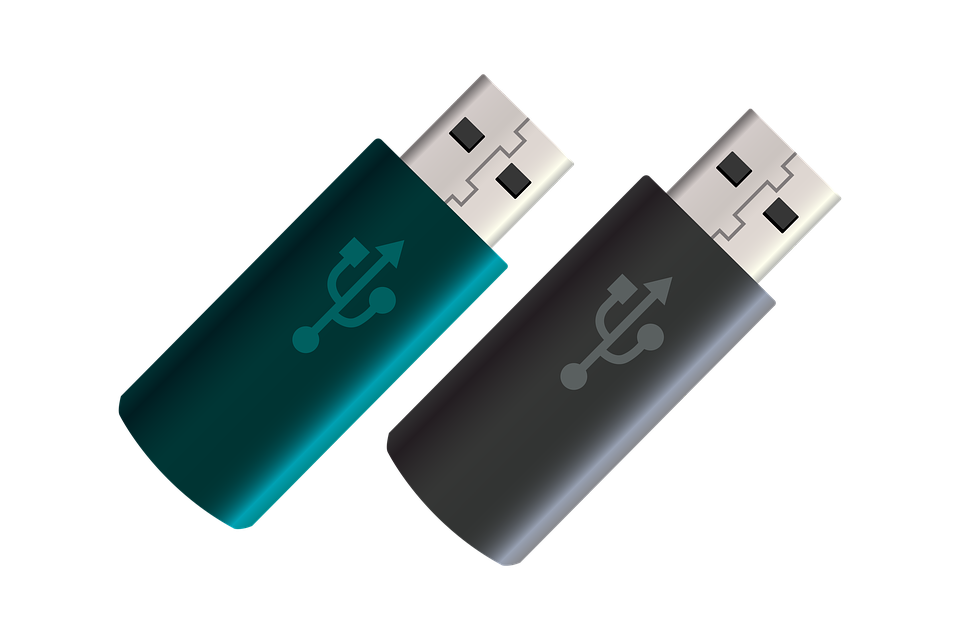As technology continues to advance, you will find stuff that will help you live a better life. This is happening in the world of computer hardware especially when it comes to USB flash drives. The history of data storage, back-up, and transfer go back to the time of floppy disks which was followed by the CDs and now flash drives.
Unlike its predecessors, flash drives are now smaller, faster, and cheaper. They also have more capacity and exhibit high durability and reliability which are attributed to the fact that they have no moving parts.
USB flash drives are very important in ensuring that you conveniently keep your essential files, carry your favorite applications and settings, troubleshoot and repair your computer issues, improve system performance and even run a separate operating system. So, what is it that makes today’s flash drives better than ever before?
Connectivity
What version of USB port is on your computer? Depending on how old your computer is, your computer can either have a universal host (USB 1.1), both universal host and enhanced host (USB 2.0) or simply USB 3.0 or 3.1. You can determine this by clicking on the + (plus sign) in the ‘Device Manager’ window on your computer. While these figures may look simple, they mean an entire world when it comes to file transfer speed.
USB 1.0 flash drive which was introduced in the year 1996 and upgraded to USB 1.1 in 1998 could transfer data at a maximum theoretical speed of 12 Mbit/s. This was replaced by the USB 2.0 drive that has 20 times faster file transfer rate of 480 Mbit/s.
With USB 3.0, you get a terrific speed of 5 Gbit/s which is 40 times faster than USB 2.0. USB 3.1 flash drive is twice as fast as USB 3.0 although you won’t find many computers that feature this port. What these figures mean is that USB flash drive tech is now better since it delivers more speed and power to both single and multiple devices.
Storage capacity
How much storage does your USB stick have? Depending on how you want to use your flash drive, you can now get a good quality USB stick at a cheaper rate. Smaller ones with the capacity of 16 GB and 32 GB cost less than $5 and $10 respectively depending on whether they are USB 2.0, 3.0 or 3.1 drives.
It is even cheaper to buy flash drives in bulk especially if you intend to use them for promotional purposes or conferences and giveaway events. Good quality 4 GB flash drives are available under $20 while 128 GB drives can be obtained at under $30 which goes a long way to show that every gig of data is getting cheaper with every tech increase.
Design
There are people who are willing to sacrifice either the capacity or speed of a flash drive for a thumbnail-sized design that can be plugged semi-permanently into a laptop or kept on a keychain. You may also want 3-in-1 versatile designs that allow you to move data between USB-C, USB-B and USB-A devices since they have all ports embedded in a single drive.
USB flash drives still play a significant role in file storage, back-up and transfer and the experience is truly getting better as tech continues to advance. The only problem is that no medium for data storage can last forever as a new one will eventually replace each method.
Manufacturers will always provide the estimated amount of time that a media device is expected to last which is 5 to 10 years for flash drives. This makes it a good backup solution but the true way of protecting your data lies in making multiple copies of everything.



